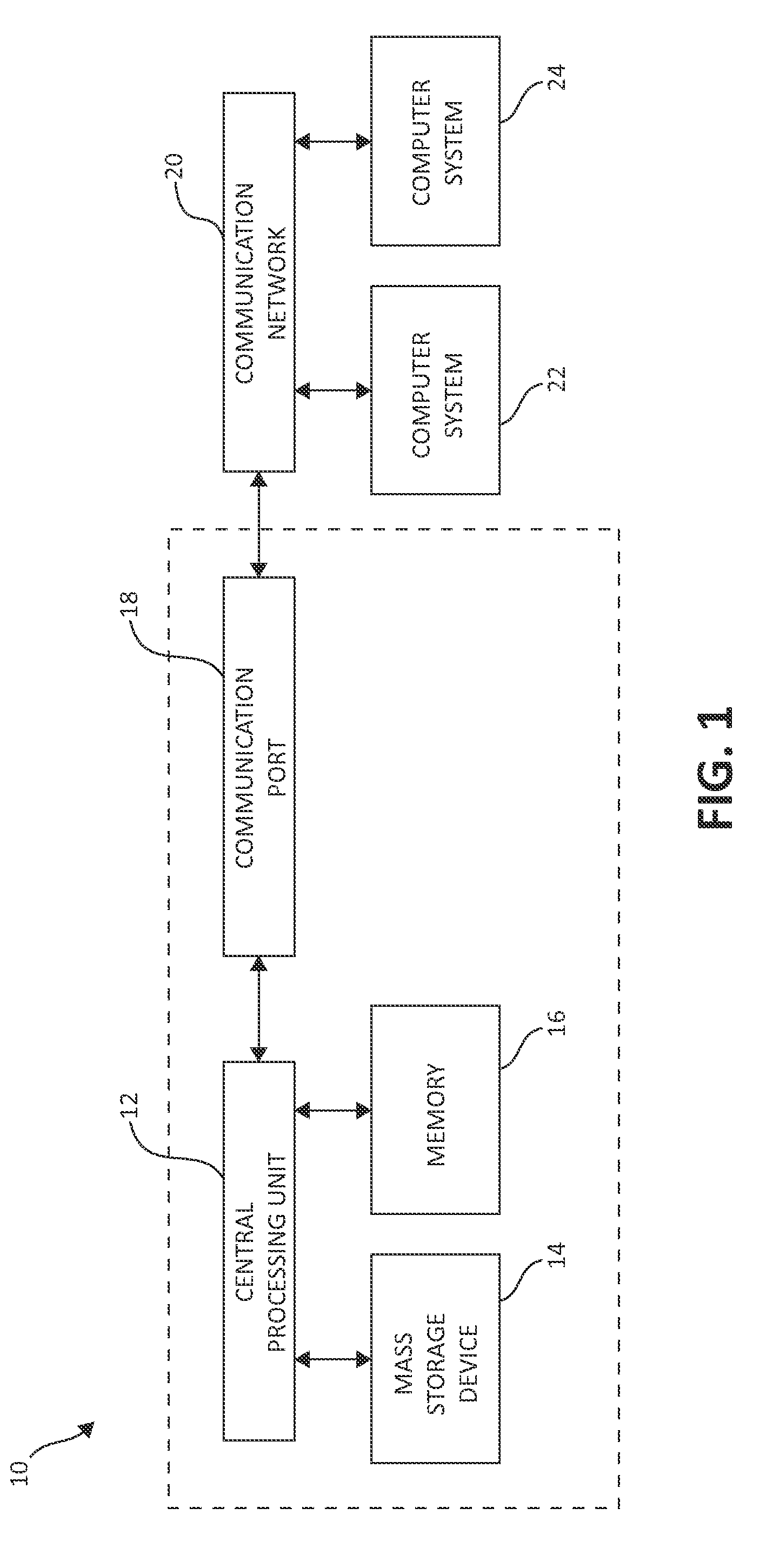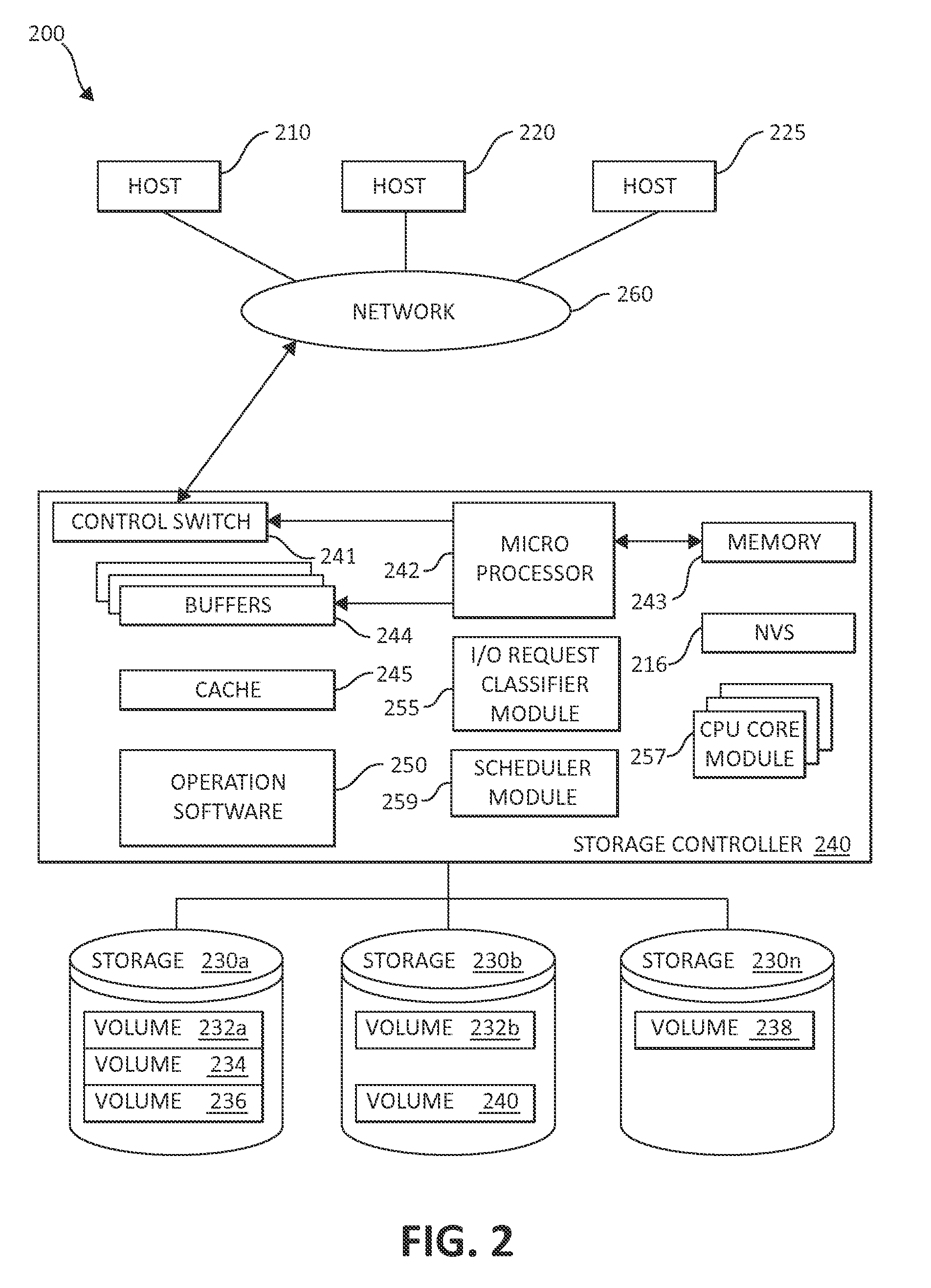Reducing read latency using a pool of processing cores
a technology of processing cores and read latency, applied in the computer field, can solve the problems of computer system input/output (i/o) latencies, processing systems typically require a large amount of data storage, etc., and achieve the effects of minimizing read latency, reducing write latency, and reducing read latency
- Summary
- Abstract
- Description
- Claims
- Application Information
AI Technical Summary
Benefits of technology
Problems solved by technology
Method used
Image
Examples
Embodiment Construction
[0005]With increasing demand for faster, more powerful and more efficient ways to store information, optimization of storage technologies is becoming a key challenge. In any storage system, the input / output (I / O) latency is critical for application performance. For example, storage systems introduce processing on a write and read path, which processing overhead causes latency. To minimize the write latency, storage arrays use a write cache that absorbs the read latency for all cases. To minimize read latency, storage arrays use a read cache, which can absorb the read latency on some cases. However, this is effective only in limited situations, such as on predicted read operations. Yet, in other operations involving the read cache, applications still suffer read latency. Currently, there are no techniques available to avoid the read latency on unpredicted random read operations. As a result, efficiency and productivity may be reduced. Thus, a solution is required for reducing the rea...
PUM
 Login to View More
Login to View More Abstract
Description
Claims
Application Information
 Login to View More
Login to View More - R&D
- Intellectual Property
- Life Sciences
- Materials
- Tech Scout
- Unparalleled Data Quality
- Higher Quality Content
- 60% Fewer Hallucinations
Browse by: Latest US Patents, China's latest patents, Technical Efficacy Thesaurus, Application Domain, Technology Topic, Popular Technical Reports.
© 2025 PatSnap. All rights reserved.Legal|Privacy policy|Modern Slavery Act Transparency Statement|Sitemap|About US| Contact US: help@patsnap.com



